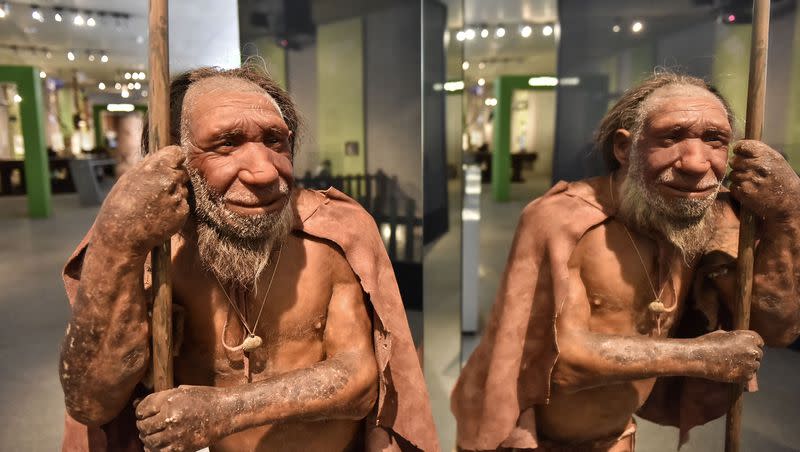Are you an early riser? Maybe it’s because you have Neanderthal DNA

Are you an early riser? Well, it just might mean you have Neanderthal in your genes.
A new study suggests Neanderthals were morning people. It compared DNA in living humans to genetic material retrieved from Neanderthal fossils. It turns out that Neanderthals carried some of the same clock-related genetic variants as do people who report being early risers, according to The New York Times.
“This was really exciting to us, and not expected,” study co-author Tony Capra, an associate professor of epidemiology and biostatistics in the Bakar Computational Health Sciences Institute at the University of California, San Francisco, told New Scientist.
“Neanderthals and Denisovans passed on DNA that increased our morningness, and this has been retained in modern human populations.”
Related
Per CNN, “While the human body clock is a complex trait shaped by social and cultural norms as well as genetics, Neanderthals, who evolved at high latitudes in Europe and Asia for hundreds of thousands of years, may have been better adapted to seasonal variation in daylight compared with early Homo sapiens, or modern humans, according to a study published Thursday in the journal Genome Biology and Evolution. “Early modern humans evolved in latitudes closer to the equator in Africa, where there’s less variation in daylight hours.”
Related
The human body clock
According to the study, it’s possible the adaptation to changes in the amount of daylight was passed on to early Homo sapiens as they moved north out of Africa and encountered and interbred with Neanderthals, who went extinct some 40,000 years ago. That genetic legacy may still influence variation in the human body clock and chronotype today.
“At higher latitudes it is beneficial to have a body clock that is better able to anticipate and change to match the changing seasonal light levels. Having a ‘faster’ running clock facilitates this ability and it makes individuals more likely to rise early,” Capra told CNN.
“We know from other species that live across broad ranges of latitude that their circadian clocks often adapt to the differences in light/dark cycles.”
Researchers analyzed DNA from the standard human genome, its Neanderthal counterpart and that of a Denisovan, another archaic human closely related to Neanderthals, CNN reported. By comparing the genes that influence circadian rhythms in archaic and modern DNA, they identified multiple differences in how the circadian genes linked to body clock function.
Related
Understanding Neanderthal DNA
To understand whether any humans alive today still have those Neanderthal genetic variants and how they function, the researchers looked at the UK Biobank, a medical database that has genetic and other health information for hundreds of thousands of people — including self-reported data on whether they regard themselves as early risers.
“This enabled us to test whether bits of Neanderthal DNA that remain in modern populations are more common in morning people,” Capra told CNN.
“We found that Neanderthal DNA that remains in modern humans due to interbreeding has a significant … effect. In particular, the Neanderthal DNA that associates with chronotype consistently increases propensity to be a morning person.”
Related

